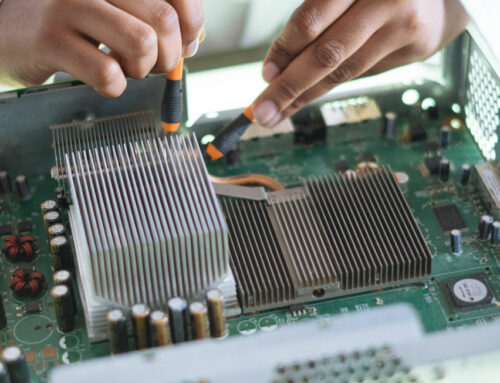Great network documentation is a gift you give to your future self. When you need to troubleshoot an issue on your network, it will make your task faster and simpler. It will also help you keep on top of which components are due for upgrades.
Proper documentation may take some time up front, but your job will be easier, and your clients will be happier with reduced downtime and better network performance.
In the case of a natural disaster, your documentation will be a critical recovery tool.
How do you know where to begin? The following is a short list of recommendations for basic documentation and tools you can use to maintain it.
Inventory: A simple list of what equipment comprises your network is a good place to start. Keep a list of each server, router, switch, etc.
Make sure to note its details like manufacturer, model, and purchase date. Having this information at your fingertips will make it simpler to identify when it’s a good time for an upgrade or whether a new piece of equipment will be compatible with your existing hardware.
If you don’t have access to an inventory management software tool, a spreadsheet can get the job done in many cases.
Network diagram: Create a diagram of the network topology showing all of your network devices and firewalls. As with your inventory, you may wish to use a software tool specifically designed for the purpose if your budget and the size of your network justify it.
However, many companies can rely on Visio (Microsoft) or similar general diagramming software. If you do this, then you’ll need to create your own key for each device type (e.g., squares for servers, circles for routers, etc.). Avoid color coding your network diagram so that it is decipherable to a person who is color blind.
IP Addresses: Keep track of all your subnets and IP addresses, including which are statically assigned and which are DHCP. Both free and paid versions of IP address management (IPAM) tools exist for this purpose.
Again, many network administrators rely on spreadsheets for IP address documentation, but keep in mind that those sheets can become unwieldy pretty quickly.
Equipment locations: List or document on a floor plan where key equipment is physically located in the building. You’ll be able to find equipment when you need to, and it can also be useful in the future if your company is planning to remodel or reorganize facilities.
Labeling: In addition to labeling cables, make sure that there’s some sort of physical labeling on your devices so you can differentiate them.
Don’t forget to schedule time to keep your configuration changes up to date and your documentation properly backed up.
By maintaining your inventory, network diagram, IP address list, equipment locations, and proper labeling, you’ll simplify network management and facilitate disaster recovery if necessary.






